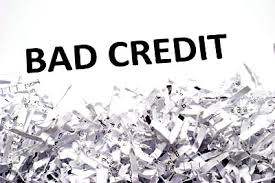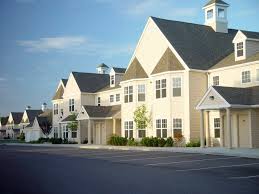You’re casually browsing the web, clicking on an interesting link, only to be met with the infamous “404 Page Not Found” message. It’s like walking into your favorite coffee shop only to find it’s vanished overnight. Frustrating, right? Well, that’s the digital equivalent of a broken link, and it happens more often than you’d think. A good white label link building services provider will ensure links are not broken. Whether you’re a website owner, a digital marketer, or just a curious soul, understanding broken links and redirects is essential for keeping the internet a smoothly flowing highway instead of a pothole-riddled mess. Let’s dive into why these errors happen and how to fix them.
What Exactly is a Broken Link?
A broken link is a hyperlink that leads nowhere. Instead of taking you to the promised land of new information, it dumps you into the abyss of an error page. These dead-end links can damage user experience, hurt SEO rankings, and make a website look unprofessional. But why do they happen in the first place?
The Most Common Causes of Broken Links
- Typos and Misspellings: Sometimes, the simplest explanation is the right one. A single misplaced character in a URL can lead to an unclickable mess. Think of it as dialing the wrong number and ending up in an awkward conversation with a stranger.
- Page or File Deletion: If a webpage or file gets deleted, any links pointing to it become useless. It’s like telling your friends to meet you at a restaurant that’s been permanently closed.
- URL Changes Without Proper Redirects: Maybe you decided to restructure your website and update some URLs. If you didn’t set up redirects, all the old links would break. Imagine moving houses but forgetting to tell the post office—your mail (or visitors) would never find you.
- Website Migration Gone Wrong: Moving a website from one domain to another is delicate. If done incorrectly, it can result in a ton of broken links. It’s like packing up for a move and realizing you left half your belongings behind.
- Expired or Removed External Content: Sometimes, the content you link to on another website gets deleted or moved. This is known as link rot—the slow decay of once-useful hyperlinks over time.
- Restricted Access or Permissions Issues: If a webpage requires login credentials or suddenly becomes private, links leading to it will be effectively broken for the general public. This is like being invited to an exclusive party only to be denied entry at the door.
Types of Broken Links
Not all broken links are created equal. Here are the different types:
- 404 Errors (Not Found) – The classic broken link scenario where the page does not exist.
- 400 Bad Request – This occurs when the server can’t process the URL due to formatting issues.
- Timeout Errors – This happens when a server takes too long to respond, often due to website downtime.
- Empty Links – Links with missing destination URLs that lead nowhere.
- Bad SSL Certificate Links – Links flagged as unsafe due to expired or improperly installed SSL certificates.
The Role of Redirects in Fixing Broken Links
Redirects are like forwarding addresses for the web. If a link changes, a redirect ensures users find the correct page. Here are the most common types:
301 Redirect (Permanent Redirect)
This is the SEO-friendly way to move a webpage permanently. It tells search engines and users, “Hey, we’ve moved, but here’s where you can find us now.”
302 Redirect (Temporary Redirect)
Used when a page is temporarily unavailable but will return soon. It’s like putting up a “Closed for Renovations” sign.
Meta Refresh Redirects
You’ve probably seen these: a page says, “You’ll be redirected in 5 seconds…” and then automatically takes you to the new page. This is not the best option for SEO, but it is still in use.
Canonical Tags (SEO Trick)
They are not redirects per se, but they tell search engines which version of a webpage is the primary one, preventing duplicate content issues.
How to Detect and Fix Broken Links
Tools to Find Broken Links
- Google Search Console – Alerts you to broken links on your site.
- Screaming Frog SEO Spider – A deep-dive tool for crawling websites.
- Broken Link Checkers – Online tools like Dead Link Checker or Ahrefs can spot problems.
How to Fix Broken Links
- Manually Update the URL – Correct if a link is broken due to a typo.
- Set Up Redirects – Use 301 redirects to guide users to the right page.
- Replace or Remove Dead Links – Find or remove an alternative source if an external link is broken.
- Monitor Regularly – Conduct routine website audits to catch and fix broken links before they become problematic.
Final Thoughts: Keep the Web Running Smoothly
Broken links and bad redirects are more than minor annoyances—they can damage your website’s credibility, frustrate visitors, and improve your SEO rankings. But with regular maintenance, smart redirects, and a keen eye for detail, you can keep your website in tip-top shape. Consulting professional white label link building services will also help tremendously. Think of it like fixing potholes on a busy road—everyone benefits from a smooth, well-maintained path. So, keep those links fresh and redirect sharp, then say goodbye to those frustrating 404 errors!




Leave a Reply